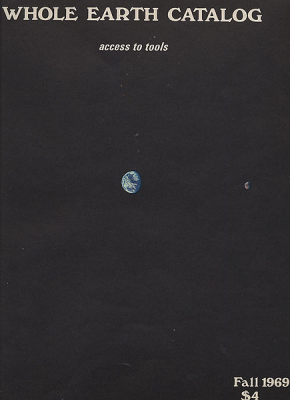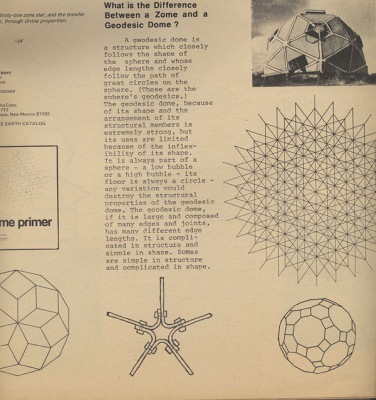In high school my awesomely nerdy older sister once told me about buckyballs, perfectly linked hexagonal carbon rings in the form of a hollow sphere (twenty hexagons and twelve pentagons – like a soccer ball). These stable molecules were named for Buckminster Fuller because of their resemblance to his geodesic dome structure.
I wasn’t terribly interested in science at the time, but I did (and still do) have a strong interest in both geometry and unusual names. I frequently follow trails of words or names that interest me simply because they sound funny (like Cy Twombly and Dan X. Solo (see previous entry)) or alliterative or strike me as most probably interesting. My interest in the name Buckminster Fuller led to an eventual obsession with all things dymaxion—houses that sit on masts, three wheeled cars ( http://en.wikipedia.org/wiki/Dymaxion_car ), geodesic domes—whatever. I frequently can be found repeating that I wish Buckminster Fuller was my boyfriend (joke!) when I’ve had too much to drink. Interest in Fuller eventually led to my discovery of The Whole Earth Catalog…because much awareness of Buckminster Fuller’s (sometimes outlandish, admittedly—housing deposited by dirigibles!! Strange yet inspiringly fantastic)designs and writings espousing his supreme dedication to improving humanity’s living conditions, was spread through this amazing publication.
The Whole Earth Catalog is the radical analog ancestor of Google. Ask Steve Jobs, he’ll tell you so!
Stewart Brand created the Whole Earth Catalog in 1968 to provide ‘access to the tools’ necessary for engaged individuals working in decentralized networks to build their own environments and inspire their own realities.
The places we live shape the way that we think!
The whole earth catalog was a platform through which sustainable technology and alternative energy were first introduced to many people. To paraphrase Kevin Kelly, ex-editor-in-chief, the Whole Earth Catalog gave people permission to invent their own lives, and the tools to do it with.
As a designer I sometimes get incredibly bored of looking at perfect, beautiful design work and brand systems. I want to peruse something that feels uncontrollable and wild. I love these catalogs because they feel real. They are earnest. They are genuine and they unwittingly laid the groundwork for our digital heaven/hell.
Although physical specimens are far superior to digitized screen versions, all you suckers who can’t get your hands on real world copies can now check the catalog online. Brilliant.
Go read about Earthworm Technology. It’s a beautiful thing.




